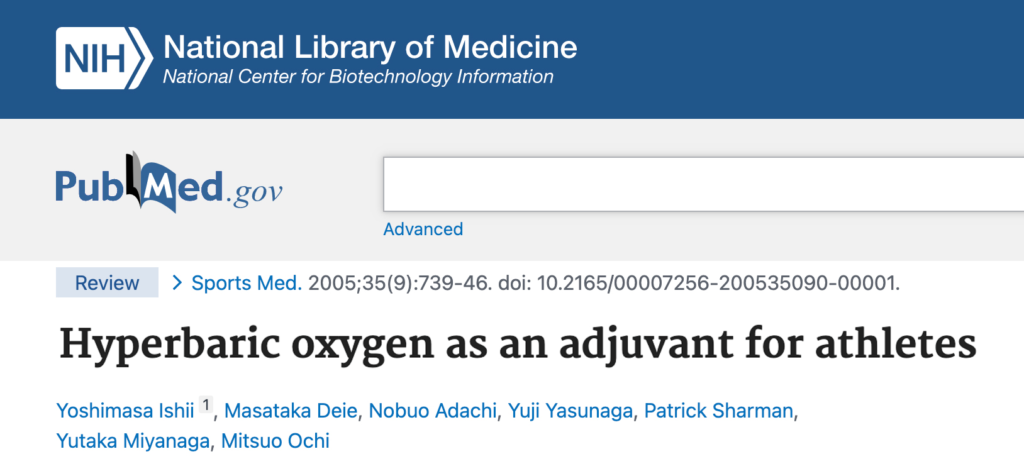
How does Hyperbaric Oxygen Therapy (HBOT) work?

HBOT helps wound healing by bringing oxygen-rich plasma to tissue starved for oxygen. Wound injuries damage the body’s blood vessels, which release fluid that leaks into the tissues and causes swelling. This swelling deprives the damaged cells of oxygen, and tissue starts to die. HBOT reduces swelling while flooding the tissues with oxygen. The higher pressure in the chamber increases the amount of oxygen in the blood. HBOT aims to break the cycle of swelling, oxygen starvation, and tissue death.
HBOT prevents “reperfusion injury.” This is the severe tissue damage that happens when the blood supply returns to the tissues after they have been deprived of oxygen. When blood flow is interrupted by a crush injury, for instance, a series of events inside the damaged cells leads to the release of harmful oxygen radicals. These molecules can do damage to tissues that can’t be reversed. They cause the blood vessels to clamp up and stop blood flow. HBOT encourages the body’s oxygen radical scavengers to seek out the problem molecules and let healing continue.
HBOT helps block the action of harmful bacteria and strengthens the body’s immune system. HBOT can disable the toxins of certain bacteria. It also increases oxygen concentration in the tissues. This helps them resist infection. In addition, the therapy improves the ability of white blood cells to find and destroy invaders.
HBOT encourages the formation of new collagen and new skin cells. It does so by encouraging new blood vessel to grow. It also stimulates cells to produce certain substances, like vascular endothelial growth factor. These attract and stimulate endothelial cells needed for healing.
The following is a list of FDA-approved (on-label) uses of hyperbaric oxygen therapy:
- Air embolism
- Gas embolism
- Acute traumatic ischemia
- Burns
- Carbon monoxide poisoning
- Smoke inhalation
- Diabetic foot ulcers
- Exceptional blood loss
- Decompression sickness
- Gas gangrene
- Necrotizing infections
- Severe anemia
- Skin grafts and flaps
- Wound healing
Hyperbaric therapy is also frequently used for the following off-label uses, which has not been cleared by the FDA (off-label):
- AIDS/HIV
- Alzheimer’s Disease
- Asthma
- Bell’s Palsy
- Brain Injury
- Cerebral Palsy
- Depression
- Heart Disease
- Hepatitis
- Migraine
- Multiple Sclerosis
- Parkinson’s Disease
- Spinal Cord Injury
- Sports Injury
- Concussion injury
- Stroke
- Lyme disease
- HSV
- Shingles
- Fibromyalgia
- Chronic fatigue
- Epstein Barr infection
Chronic conditions respond best to a series of treatments. Complimentary consultation. Financing with Advance Care is available.


Blog